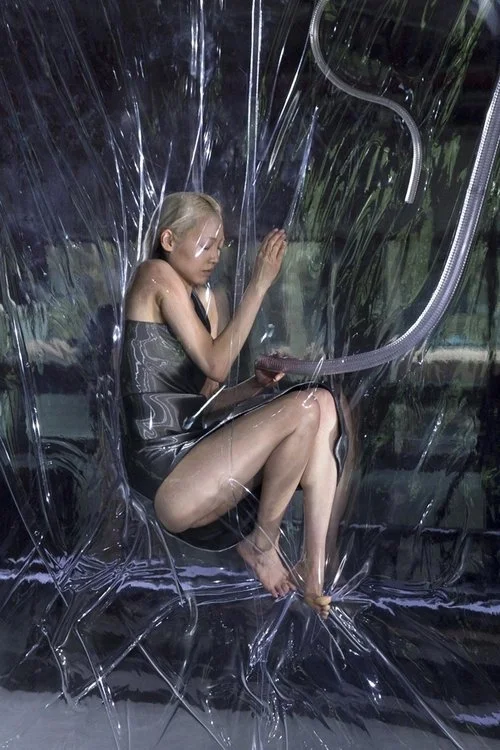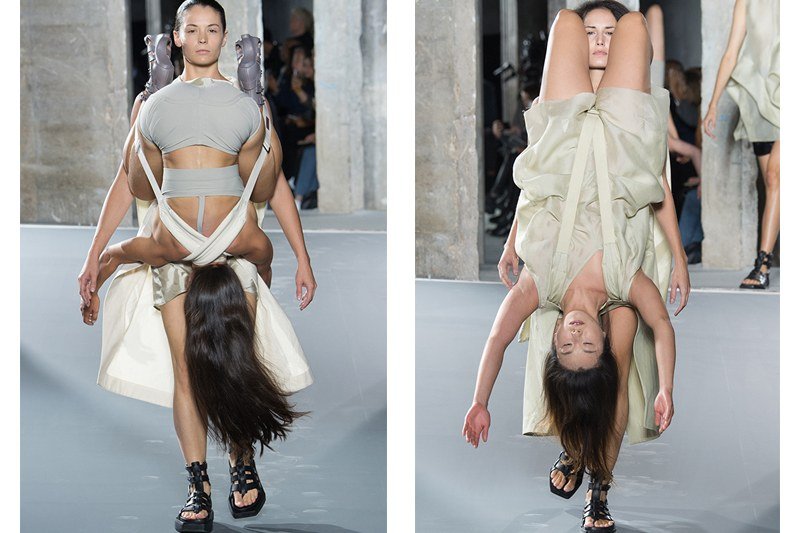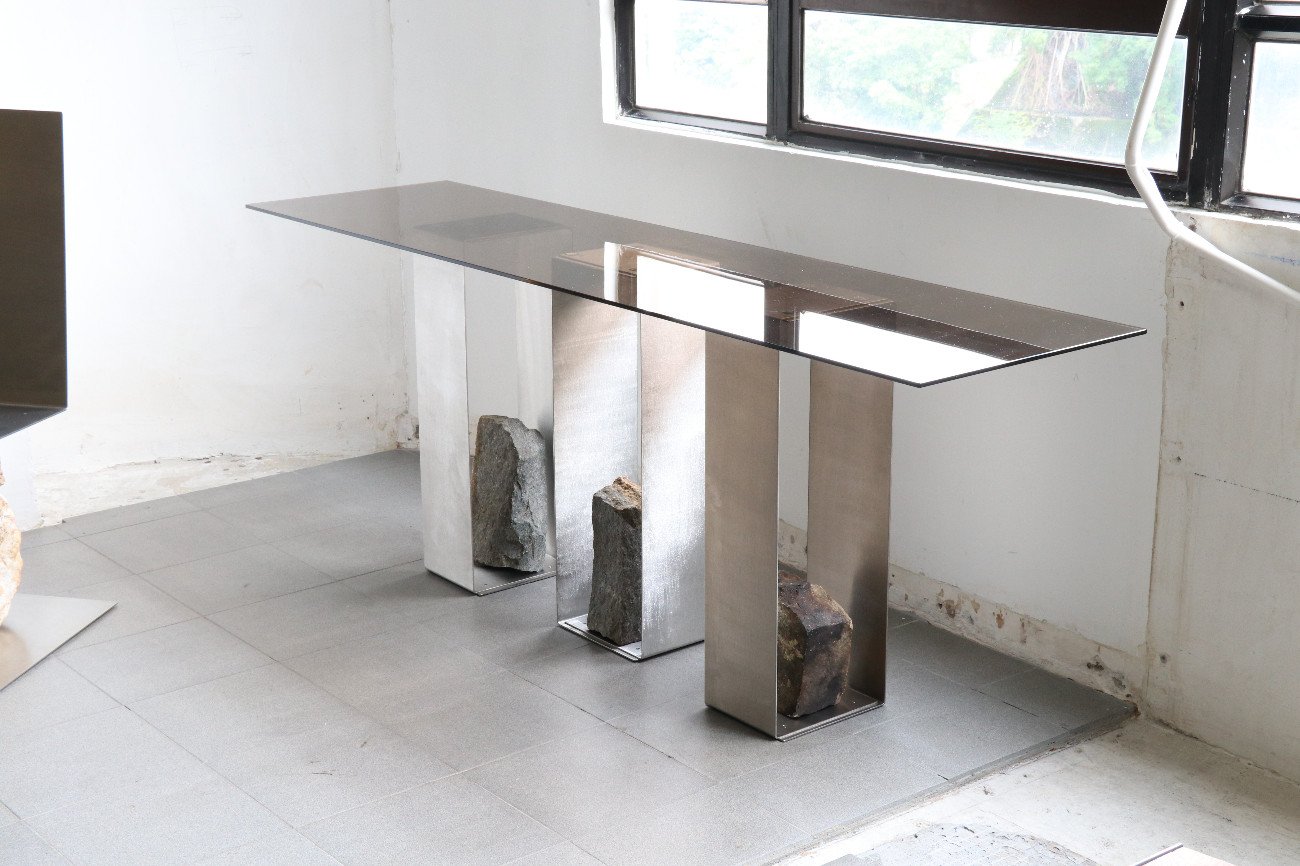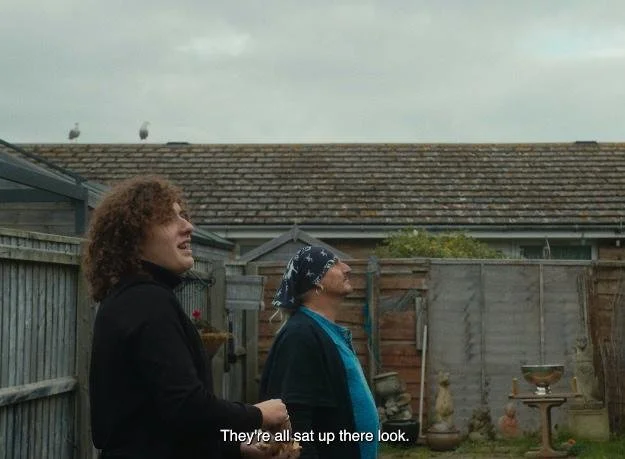Fashion and its controversies
Currently we can see that the fashion shows are no longer what they used to be, in which the designs predominated and the models paraded in pure silence, those days disappeared giving rise to “performance”, therefore, more and more designers are betting on in showing controversial proposals through their creations and thus attracting the attention of the entire world.
There is no doubt that fashion has always been a space that has no boundaries for creativity. Currently we can see that the fashion shows are no longer what they used to be, in which the designs predominated and the models paraded in pure silence, those days disappeared giving rise to “performance”, therefore, more and more designers are betting on in showing controversial proposals through their creations and thus attracting the attention of the entire world.
Each one achieves it in their own way; some do it through their innovative garments, others through haute couture, others through good publicity for their brands, etc… but there is another way to provoke and remain on everyone's lips: on the catwalks.
Below we will show you the most controversial shows in fashion history, that if it was not censored at the time, today it would be so questioned that it would hardly be carried out. Firstly we have the Australian brand Ksubi that had a memorable debut with its catwalk “Rats on the runways” in 2002. For this the brand chose to release 200 rats down the catwalk while the models walked, some rats even ended up dead during the parade. The brand quickly grabbed all the headlines as one of the most daring shows to date.
A more recent show was that of the American designer Rick Owens, already known for his totally eccentric shows (remember previously, he had the models parade with their genitals visibly out), this time in the Spring-Summer 2016 Collection called “Cyclops” with some unusual outfits, since the models carried each other: like someone hanging a bag or a backpack, but between them held by straps, so much so that the press baptized the collection as “the backpack women.”
Owen's inspiration was, according to him, the idea of motherhood, regeneration and the ability of women to feed each other, the designer explained in an interview. But we wouldn't be surprised if it were just an excuse to monopolize all possible media.
We cannot finish this ranking without mentioning the Dutch technological designer Iris Van Herpen.
Her shows can often look more like a museum room than a catwalk. An example of this was in her Fall 2014 collection, where the designer vacuum-packed several models between two layers of transparent PVC with accordion-shaped hoses, thus leaving them suspended in the air.
Futuristic, wearable and beautiful, the collection consisted of a mix of couture and ready to wear with 3D printing in collaboration with Julia Koerner who created a kinetic dress which dances as it amplifies the body's movements. According Iris wanted to portray the border between the visual and the theatrical, order and chaos.
It is clear that we live in a time in which fashion has become much more than clothing and that its designers are taking risks so that the viewer can experience certain sensations and emotions, both good and unpleasant, rather than receiving “simple” applause.
But to what extent is it good to challenge the limits of creativity and freedom?
Where is the limit between what is created and what is sold?
words RUTH GUTIERREZ
What to read next











